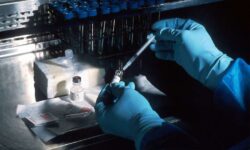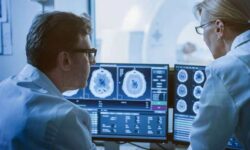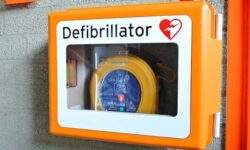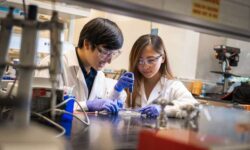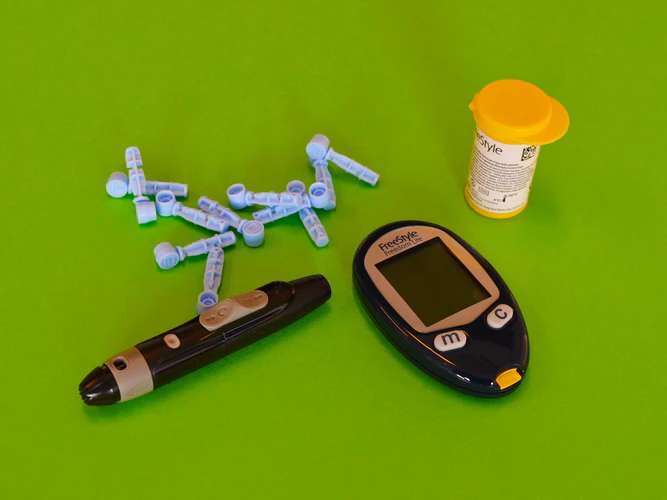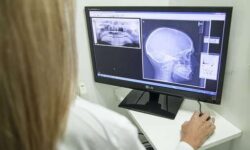
Since the pandemic, the importance of health-related fields has been recognized. People are saluting medical professionals for their massive role in fighting the virus. Now, governments and academic institutions have shown their support in people pursuing a degree in the field of allied sciences. Aside from the standard medical and nursing degree, there are other options like radiography. If you are not fond of becoming a doctor or a nurse but are intensely interested in becoming a medical professional, becoming a radiographer might sound appealing. What Is Radiography? Radiography is an essential aspect of medicine. It is a tool heavily used in diagnostics. Radiography is an imaging technique used to be able to get images of tissues, bones, and organs. A radiography degree holder is known as a radiographer. It is closely related to the radiology department, always assumed to be the same. Both deal with several different technical imaging like X-rays, CT scans, MRIs, and others. The difference between the two is that a radiographer is the one who handles the machines used to test patients, while radiologists are the one who interprets the results.
Continue reading
